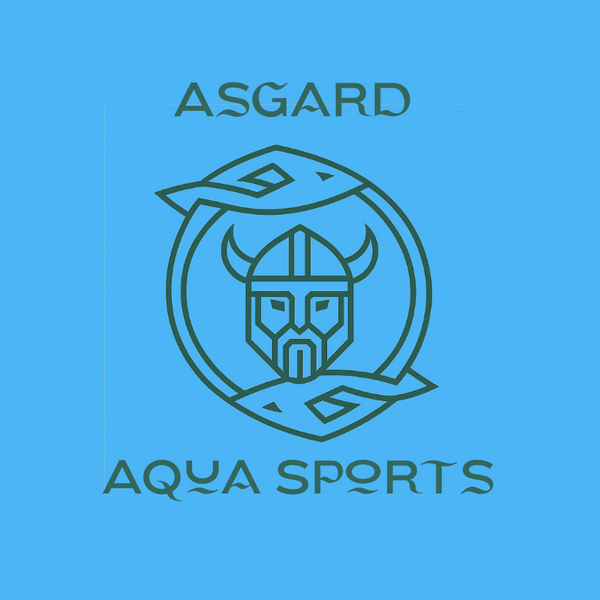In the world of water sports, the debate between kayak and canoe has long been a hot discussion among enthusiasts. Each vessel offers its own unique experience on the water, tailored to the preferences and goals of the individual.
However, Kayak enthusiasts often say kayaking is the ultimate water activity, arguing its superiority over canoeing. But is kayaking truly superior?
In this detailed comparison guide, we explore the major differences between kayaks and canoes to assist you in making a well-informed decision for your upcoming aquatic adventure.
What Sets Kayaks Apart from Canoes?
At first glance, canoes and kayaks share the common purpose of gliding across the water, yet they differ in design and technique.
Design of the Vessel
One of the most prominent distinctions between canoes and kayaks lies in their design.
Kayaks may sport either an open or closed deck, with a narrower and sleeker profile. Kayaks are designed for enhanced manoeuvrability, available in a variety of shapes and sizes to cater to diverse preferences and requirements.
In contrast, canoes typically feature an open deck, accommodating multiple occupants and offering ample space for gear storage.
Seating Position
In kayaks, the paddler is positioned forward-facing with legs extended in front. This configuration often includes padded seats and backrests, optimizing comfort during extended journeys.
Conversely, canoes typically provide seating for two individuals who either sit or kneel facing forward.
Paddling Technique
The paddling technique differs significantly between canoes and kayaks.
Manoeuvring with a double-bladed paddle, kayakers propel themselves through the water. This facilitates smoother strokes and requires less physical exertion due to the boat's streamlined design.
Conversely, canoes, with their bulkier and heavier build, typically require multiple paddlers for efficient propulsion. Equipped with single-bladed paddles, canoeing demands coordinated effort and strength.
Handling and Manoeuvrability
Kayaks excel in manoeuvrability, thanks to their streamlined design and double-bladed paddles. This configuration enables precise control, facilitating quick turns and navigation through rough waters. Advanced techniques such as "edging" further enhance stability and directional control for seasoned kayakers.
On the other hand, canoes boast stability and accessibility, allowing individuals of varying ages and abilities to navigate them easily. Paddlers utilize single-bladed paddles for straightforward forward motion, though turning can be less precise, necessitating coordinated efforts between occupants.
What Are The Benefits Of A Kayak Over A Canoe?

Kayaks present several advantages over canoes that may align with specific needs.
Ease of Transportation and Stability:
Kayaks boast a lightweight construction, facilitating ease of transportation to and from the water. Their streamlined design lends itself well to navigating rough waters, providing stability and confidence to paddlers.
Speed and Manoeuvrability:
Kayaks are renowned for their speed and agility, allowing paddlers to navigate swiftly through the water with precision and control. Their sleek profile and efficient design contribute to an exhilarating paddling experience.
Learning Curve:
For novice enthusiasts, kayaking presents a more accessible entry point into water sports. With minimal instruction, beginners can quickly grasp the basics of kayaking, setting them on a path to enjoyable and rewarding experiences on the water.
Efficiency of Paddling:
The utilization of double-bladed paddles in kayaks enhances efficiency, resulting in smoother and more effortless paddling strokes. This efficiency, coupled with the kayak's design, offers a seamless and enjoyable paddling experience for enthusiasts of all skill levels.
Types of Kayaks
The world of kayaks encompasses a diverse array of options tailored to various preferences and pursuits.
From recreational models to specialized fishing kayaks and even inflatable variants, the market offers a spectrum of choices to cater to individual needs.
Renowned brands provide ample selections, ensuring enthusiasts find their perfect match such as Aquaglide Chelan 155 Kayak, Spinera Tenaya 120 HDDS Kayak, Sandbanks Style Optimal Double Seater Kayak, Sandbanks Style Optimal Single Seater Kayak, Spinera Molveno 410 DLUL etc.
Conclusion:
In the dance of paddle and water, the choice between a kayak and a canoe transcends mere vessel selection; it embodies a lifestyle and a pursuit of adventure.
Whether navigating serene lakes or conquering tumultuous rapids, both kayaks and canoes offer a gateway to exploration and self-discovery.
By understanding their nuances and benefits, enthusiasts can embark on their aquatic journeys equipped with the knowledge to navigate the waters with confidence and finesse.

